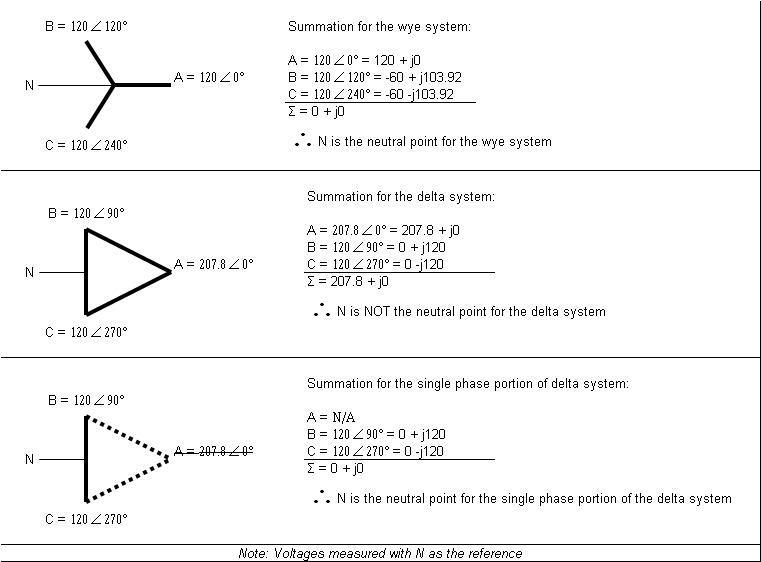5-36 Log #1554 NEC-P05 Final Action: Accept in Principle
(100.Neutral Conductor and Neutral Point)
TCC Action: The Technical Correlating Committee directs that the action on this proposal be sent to the Technical Correlating Committee Task
Group on the definition of ?Neutral Conductor? for review and comment.
Submitter: Technical Correlating Committee on National Electrical Code?,
Recommendation: Add the following definitions to Article 100:
Neutral conductor. A circuit conductor connected to the neutral point of a
system.
Neutral point. The common point of a wye-connection in a polyphase system
or midpoint of a single-phase, 3-wire system or midpoint of a single-phase
portion of a 3-phase delta system or midpoint of a 3-wire, direct-current
system.
Substantiation: This proposal was developed by the TCC Task Group on the definition of ?Neutral Conductor.? Task Group members were: Jeffrey Boksiner (Chair) (CMP 5, TCC ), Paul Dobrowsky (CMP 5), Walter Skuggevig (CMP 5), Doug White (CMP 5), Michael Toman (CMP 2, TCC), Bob Wilkinson (CMP 2), Jim Daly (CMP 6, CMP 7, TCC), Bill Laidler (CMP 6), and Oran Post
(CMP 6).
The definition of ``neutral conductor?? and the associated definition for
?neutral point? is needed in the NEC so that the appropriate conductor can be
identified whenever this term is used in a requirement such as in 250.26 and
250.36. The proposed definition is derived from the IEC definition of ?neutral
conductor? and IEEE Std C57.12.80-2002 definition of ?neutral point.? The
proposed definition was adapted into the NEC language and was expanded to
cover the various cases relevant to the NEC.
The attached figures illustrate the meaning of the proposed definition. Note
that according to the proposed definition ?neutral conductor? exists even where it does not function as a neutral conductor (that is, where the conductor is not shared by two or more circuits in the system) as long as it is connected to the neutral point of the system.
Additional information is available in the Task Group report.
Note: Supporting material is available for review at NFPA Headquarters.
Panel Meeting Action: Accept in Principle
Add the following (two) definitions to Article 100 as follows:
Neutral Conductor. The conductor connected to the neutral point of a system
that is intended to carry current under normal conditions.
Neutral point. The common point on a wye-connection in a polyphase system
or midpoint on a single-phase, 3-wire system, or midpoint of a single-phase
portion of a 3-phase delta system, or a midpoint of a 3-wire, direct current
system.
FPN: At the neutral point of the system, the vectorial sum of the nominal
voltages from all other phases within the system that utilize the neutral, with
respect to the neutral point, is zero potential.
Panel Statement: The revised wording removes the term ?circuit? as was pointed out in the TCC ballot, there is no definition for a ?circuit conductor? and the ?neutral conductor? could be in a branch circuit, feeder or otherwise. The revised text also establishes a differentiation between the ?neutral conductor? and the ?equipment grounding conductor? which are in fact both ultimately connected to the neutral point of a system. The differentiation is that under some normal conditions, the ?neutral conductor? is expected to be current carrying while under normal conditions the equipment-grounding conductor is never a current carrying conductor.
Number Eligible to Vote: 15
Ballot Results: Affirmative: 15



